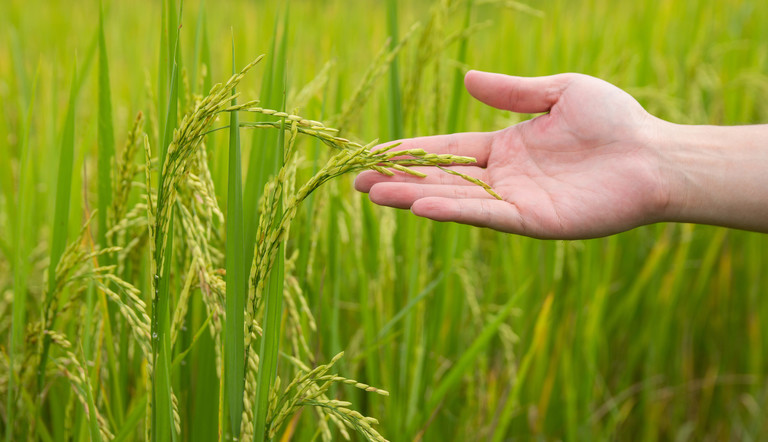
Healthy Plants: Healthy Planet

12 Mei 2023 is International Plant Health Day when the United Nations aims to raise global awareness of how protecting plant health can help end hunger, reduce poverty, protect biodiversity and the environment, and boost economic development.
Plants provide 80% of the food we eat and 98% of the oxygen we breathe.
But our plants are under threat.
Climate change and human activities are stifling ecosystems and harming biodiversity while creating opportunities for pests to thrive. A massive 40% of all food crops are lost due to plant pests and diseases. In addition, the increasing threat of natural disasters around the world is an uncertain variable for communities, natural habitats and food production.
As we work towards a more sustainable future, amidst global warming and climate change, how will plants prevail?
Science has shown that some plants demonstrate remarkable natural resilience to changes in their environment and it is thought that harnessing some of these adaptations could hold the key to protecting plant health in the future.
Natural cloning in trees
Some trees have been found to preserve their longevity through a system of natural cloning. Genetically identical tree species can form clonal colonies by joining up and sharing root systems, enabling them to multiply and survive for thousands of years. The success of natural cloning in the preservation of species has been attributed to the Pando colony in Utah, USA that is thousands of years old. In this colony over 40,000 trees have been shown to have grown from a single root system spanning 106 acres. The Jurupa Oak colony in California, that consistently reproduces after wildfires, is thought to have survived for around 13,000 years.
Crops adapt to radiation levels
Nuclear fallout has long been associated with the end of plant and human life, but scientists studying the effects of the 1986 Chernobyl disaster have found that this is not always the case. They discovered that some crops, like flax and soybean, are able to adapt their biology in order to flourish in a contaminated environment. Researchers have theorized that some plants’ ability to accommodate nuclear fallout may have developed millions of years ago when the planet had much higher levels of radiation.
Seeds banked for the future
Scientists have successfully produced plants from seeds of the ice age thought to be over 32,000 years old. Seeds resurrected from the arctic permafrost in Siberia, stored by ancient squirrels, have successfully germinated into naturally reproducing plants. It is hoped that this success will enable the resurrection of other species, while also providing clues to creating viable seed banks for future generations.
Maximizing the power of sunlight
Found in harsh dessert landscapes and rocky terrain, Lithops or ‘Living- stones’ have a remarkable ability to use sunlight. The plants grow mostly underground and have a translucent, camouflaging top layer that allows sunlight in, which is then turned into energy. Researchers are keen to understand and utilize lithops’ ability to harness both bright light above ground and low light below the ground - thinking this could develop more efficient crops for the future.
Sustainable solutions from Martian agriculture
Decades of work trialling experimental plants that could be grown in space could in turn help develop systems and species that are more efficient for agricultural systems on Earth. Experiments are underway to grow green crops on Mars in the organic matter produced by bacteria that absorb carbon dioxide from the atmosphere. The crops would be irrigated using precious frozen water harvested from the planet’s crust. The viability of growing plant crops on Mars is dependent on maximising all margins of efficiency and this covers everything from the use of natural resources, to growth rates of particular plant species. Scientists hope that knowledge gained from growing in space may also provide pathways for more efficient use of resources on Earth, helping farmers grow more sustainably and minimizing waste.
If mankind can harness even a proportion of the plants’ ability to adapt and survive in changing environments, it may be possible to orchestrate natural resiliencies that will help protect plant health, preserve endangered species and minimize crop losses, while sustaining biodiversity and food security for the future. As knowledge and innovations advance, we move towards more sustainable agriculture. At ADAMA we remain committed to this goal of achieving practical sustainability, which is why we work to deliver innovative solutions – helping farmers protect and grow their crops for our growing population.